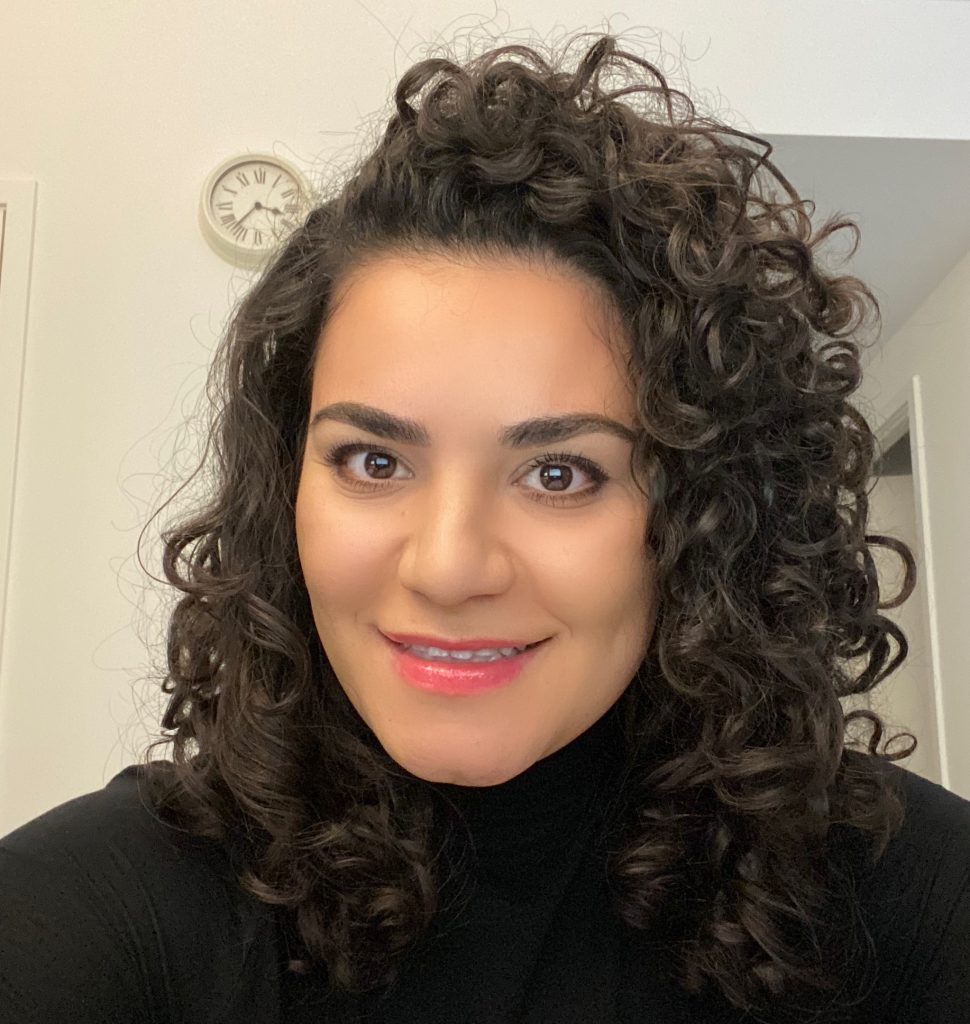
Complementary and Alternative Medicines
Are you aware that over 38% of adults in the United States have used some form of complementary and alternative medicines (CAM) in the past year? If you're interested in serving others and improving their well-being, exploring the world of CAM might be worth considering. CAM encompasses a wide range of practices and therapies that can enhance your physical and mental health alongside traditional medical treatments. From relaxing massages and calming meditation sessions to the gentle movements of tai chi and the healing touch of reiki, CAM techniques are believed to bring a host of benefits, including pain relief, stress reduction, mood improvement, and increased relaxation. In this article, we will delve into the world of CAM and explore how it can potentially enhance the overall well-being of health professionals.
Definition of CAM
The definition of CAM involves understanding a range of practices and therapies used in conjunction with conventional medical treatments. Complementary and alternative medicine (CAM) refers to non-mainstream healthcare approaches and cancer treatments that are often utilized alongside or instead of conventional medicine. It encompasses various types of CAM, including mind-body techniques, manipulation and body-based practices, and energy force therapies. CAM therapies are believed to offer numerous benefits, such as pain relief, stress reduction, mood improvement, and increased relaxation. However, it is important to note that CAM treatments may not be recognized by independent scientists, and their safety and effectiveness should be evaluated. The National Center for Complementary and Integrative Health (NCCIH) provides information and research on CAM, assisting individuals in making informed decisions about these alternative approaches to health and wellness.

Differences Between Complementary and Alternative Medicine
You can distinguish between complementary and alternative medicine based on their relationship to conventional medicine. Complementary medicine refers to therapies and practices used alongside conventional treatments, intending to enhance the effectiveness of traditional medical interventions. Examples of complementary medicine include massage, meditation, and acupuncture. On the other hand, alternative medicine involves the use of therapies and practices in place of conventional treatments. It is often pursued when individuals seek different approaches to their healthcare. Examples of alternative medicine include naturopathy, homeopathy, and herbal medicine. It is important to note that both complementary and alternative medicine can be used by individuals in conjunction with their conventional treatment by healthcare providers. Understanding the differences between these two types of medicine can help healthcare providers better serve their patients.
Benefits of CAM Therapies
CAM therapies offer a range of potential benefits for individuals seeking alternative approaches to conventional medical treatments. Complementary and alternative medicine practices, including therapies like massage, meditation, and acupuncture, have been found to provide various health benefits. Scientific research indicates that these therapies can help relieve pain, reduce stress, improve mood, and promote relaxation. For example, chiropractic care focuses on aligning the spine and can help alleviate back and neck pain, as well as headaches. Mind-body practices like yoga and tai chi have been found to reduce stress, improve mental health, and enhance physical well-being. Energy healing techniques, such as Reiki and qigong, aim to balance the body's energy flow, reduce pain, and support healing processes. Incorporating these CAM therapies into your health practices can contribute to an integrative approach to overall well-being.

Types of CAM Therapies
There are various types of CAM therapies that can complement conventional medical treatments. These therapies fall under the umbrella of CAM and can be used alongside traditional medical approaches. CAM therapies aim to promote holistic well-being and address the physical, mental, and emotional aspects of health. Some of the types of complementary and integrative CAM therapies recognized by the National Institutes of Health include herbal medicine, acupuncture, chiropractic care, mind-body practices, and energy healing techniques. Herbal medicine involves the use of plants for various health conditions and cancer treatment, while acupuncture utilizes thin needles inserted into specific points on the body. Chiropractic care focuses on the musculoskeletal system, and mind-body practices like yoga and meditation aim to reduce stress and improve mental health. Energy healing techniques, such as Reiki and qigong, seek to balance the body's energy flow and promote relaxation. These types of CAM therapies offer individuals additional options for managing their health and well-being in a comprehensive and holistic manner.
Mind-Body Techniques in CAM
One popular mind-body technique in CAM is practicing yoga, which combines physical postures, breathing exercises, and meditation. Yoga is known to have numerous benefits for both the mind and body, helping to reduce stress, improve mental health, and enhance physical well-being. Another mind-body technique is meditation, involving focusing the mind and achieving a state of deep relaxation. Meditation has shown positive effects on mental health, reducing anxiety and promoting overall well-being. Music therapy is a complementary therapy approach using music to promote relaxation, reduce pain, and support healing processes. The Alexander technique, another mind-body technique, focuses on posture and movement to improve balance and alleviate tension. These mind-body techniques can be practiced individually or in group settings and can significantly contribute to your overall health and well-being.

Body-Based Practices in CAM
To improve your overall well-being, consider incorporating body-based practices such as massage therapy, reflexology, and chiropractic or osteopathic manipulation into your complementary and alternative medicine (CAM) routine. These practices focus on the physical body and can provide numerous benefits for your health. For example, massage therapy involves the manipulation of soft tissues to relieve muscle tension, reduce pain, and promote relaxation. Reflexology targets specific points on the feet or hands to stimulate healing and improve overall well-being. Chiropractic or osteopathic manipulation, on the other hand, focuses on aligning the spine and joints to alleviate pain and improve mobility. In addition to these practices, think about incorporating other CAM techniques like tai chi for balance and flexibility, as well as dietary supplements to support your overall health. By including these body-based practices in your CAM routine, you can enhance your physical well-being and further promote health and a sense of harmony within your body.
Energy Force Therapies in CAM
Continue improving your overall well-being by exploring the benefits of energy force therapies in CAM. Energy force therapies, such as Reiki, qigong, and therapeutic touch, are based on the belief that energy flows within the body. Practitioners aim to balance and restore the body's energy flow by using their hands or other methods to channel energy. By incorporating energy force therapies into your CAM routine, you can promote relaxation, reduce pain, and support the body's natural healing processes. These therapies are part of the broader field of CAM, which focuses on complementary and alternative approaches to health and wellness. Embracing energy force therapies can help you achieve a greater sense of balance and harmony in your life.

Integration of CAM With Conventional Medicine
By incorporating energy force therapies into your CAM routine, you can enhance the integration of complementary and alternative medicine with conventional medical treatments. Integrating CAM with conventional medicine allows for a holistic approach to healthcare, addressing not only physical symptoms but also emotional, mental, and spiritual well-being. This integration recognizes that each individual is unique and may benefit from a combination of different therapies. CAM can complement conventional medicine by providing additional support for pain management, stress reduction, and improving overall quality of life. It is important to consult with your healthcare provider to ensure that the CAM therapies you choose are safe and effective in conjunction with your conventional treatments. By embracing this integrative approach, you can empower yourself to take an active role in your healthcare journey, promoting healing and wellness in all aspects of your life.
NCCIH's Role in CAM Research
NCCIH actively contributes to the advancement of CAM research, focusing on the exploration of safety, effectiveness, and mechanisms of action. The center plays a crucial role in investigating CAM to understand their potential benefits and risks. By conducting rigorous research, NCCIH aims to provide evidence-based information that can inform healthcare providers, cancer patients, policymakers, and the public. This research helps determine how CAM can be integrated with conventional medicine to improve overall patient care. NCCIH's efforts are essential in ensuring that CAM practices are used safely and effectively. By studying the mechanisms of action of CAM therapies, the center aims to provide a scientific basis for their use. This knowledge is crucial in understanding how CAM can be utilized without causing harmful side effects. NCCIH's role in CAM research is vital in promoting the integration of CAM and conventional medicine for the benefit of individuals seeking alternative therapies.
Deciding to Use CAM Treatments
Before making a decision, it's essential for you to consider the evidence for the safety and effectiveness of CAM treatments. While complementary and alternative medicine can offer potential benefits for your health, it's crucial to gather information about specific practices before deciding to use them. Some CAM treatments may not be recognized by independent scientists, so being well-informed is important. However, certain CAM treatments have been proven effective for limited health conditions. For example, chiropractic care has demonstrated effectiveness in treating lower back pain. It's important to remember that CAM treatments are not meant to replace conventional medical treatments but rather to help manage certain health conditions. By evaluating the scientific evidence, you can make informed decisions about using CAM treatments.
CAM Regulations and Finding Practitioners
When considering CAM treatments, it is important to understand the regulations surrounding these practices and how to find qualified practitioners. Unlike conventional medicine, CAM practitioners are not required to adhere to specific standards or join professional associations. This lack of statutory professional regulation can make it challenging to ensure the quality and safety of CAM treatments. However, there are ways to find practitioners who meet your standards. It is recommended to consult with a GP before trying CAM, especially if you have pre-existing conditions or are pregnant. Additionally, you can look for CAM practitioners who are registered with professional bodies or voluntary registers. These organizations often have criteria for membership, providing reassurance about the qualifications and competence of the practitioners. Taking these steps will help you find a qualified CAM practitioner who can provide safe and effective treatments.
Accredited Registers for CAM Practitioners
To ensure the quality and safety of CAM treatments, it is important to consider practitioners who are registered with professional bodies or voluntary registers. Accredited registers for CAM practitioners serve as a way to guarantee that the practitioners meet specific standards and qualifications. These registers help patients find trustworthy and professional CAM practitioners, providing them with peace of mind when seeking alternative treatments. The registers cover a wide range of CAM modalities, including acupuncture, herbal medicine, and chiropractic care. By choosing a CAM practitioner from an accredited register, you can be assured of their competence and safety compared to conventional medical treatment. This is especially important as the field of complementary and alternative medicine continues to gain recognition and acceptance, both nationally and within the realm of Western medicine.
Questions to Ask Before Starting CAM Treatment
Ensure that you thoroughly evaluate the CAM treatment by asking the following questions. Firstly, what specific type of CAM is being used? Understanding the different types of CAM treatments will help you determine if it aligns with your needs and preferences. Secondly, what are the potential side effects or interactions with conventional medications? It's crucial to ensure that the CAM treatment will not negatively affect any other medications you may be taking. Thirdly, how effective is the CAM treatment for your specific health condition? Research and evidence-based information can help you assess the potential benefits. Lastly, are there any independent scientific or medical evidence or studies supporting the safety and effectiveness of the CAM treatment? It's important to rely on credible sources and established health organizations for reliable information. By asking these questions before starting CAM treatment, you can make informed decisions about your healthcare.
Frequently Asked Questions
What Are the 5 Major Types of Complementary and Alternative Medicine?
The five major types of CAM include herbal medicine, acupuncture, chiropractic care, mind-body practices, and energy healing. These therapies can provide pain relief, relaxation, improved well-being, and support for healing processes.
What Are Some Examples of Complementary Medicine?
Examples of complementary medicine encompass herbal medicine, acupuncture, chiropractic care, mind-body practices, and energy healing. These therapies may involve the use of plants, acupuncture needles, spinal adjustments, as well as practices like yoga and meditation to promote well-being and alleviate pain.
What Is the Most Common Form of Complementary and Alternative Medicine?
The most common form of complementary and alternative medicine is herbal medicine, derived from plants and used for various health conditions. It can provide natural remedies and is widely used to treat cancer and support well-being.
Rely on PlanetDrugsDirect.com to Buy Online Prescription Drugs
As a trusted prescription referral service, we offer important benefits whenever you order online. Each of our partner pharmacies and/or government-approved dispensaries is committed to providing the best experience possible of any online prescription referral service on the internet. We offer:
Low prices
Quick turn-around times
Generic and brand-name medications
Unparalleled customer service
Sources
Complementary and alternative therapies for fibromyalgia - PubMed (nih.gov)
Complementary and Alternative Medicine - PubMed (nih.gov)
Complementary and alternative therapies: what are our responsibilities? - PubMed (nih.gov)
Complementary and alternative therapies: what is their place in the management of chronic pain? - PubMed (nih.gov)
Complementary medicine - PubMed (nih.gov)
Complementary Therapies for Mental Health Disorders - PubMed (nih.gov)
Effectiveness of Complementary Therapies in Cancer Patients: A Systematic Review - PubMed (nih.gov)
 Medically reviewed by
Medically reviewed by 





